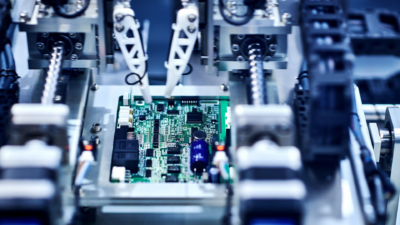… as rising rates worry the unlisted market
The possibility of rising interest rates in major markets, including Australia, has more than bond investors concerned. In theory, infrastructure investors have the most to lose. But new research by Frontier Advisors provides a salve: the link between interest rates and the value of very long-duration assets like infrastructure is not clear-cut.
In a paper published last week in Frontier’s ‘Frontier Line’ newsletter, senior consultant Michael Sofer, who leads the firm’s quant solutions group and is an infrastructure expert, says the link between interest rates and infrastructure asset performance is more complicated than it may at first seem, and a dissection of that linkage reveals that there are more factors at play.
While noting that the infrastructure environment is “certainly not risk free” there are subtleties to the valuation process which reduce interest rate sensitivity.
The paper, ‘Infrastructure and Interest Rates – Relationship Status: It’s Complicated’ says: “These include the adoption by independent valuers of long-term risk-free rates, the current strong risk premium for core infrastructure assets (around 6.4 per cent on average), and the likely positive impact on cash flows from a generally improving global macroeconomic condition.
“Further, given the complex linkages between infrastructure performance and interest rate changes, it is likely that infrastructure will outperform those asset classes that have a more explicit link (bonds for example).”
According to Frontier’s database, the average duration of infrastructure assets is about 17 years. Mathematically, this would mean that a 1 per cent increase in interest rates would lead to a 17 per cent reduction in the asset’s value.
But independent valuation methodology, the risk premium due to illiquidity and cashflow responses mean that a different, more complicated relationship actually emerges.
The risk premium – the additional return offered to investors in exchange for accepting illiquidity risk, asset-specific risk, legislative risk, etc. – is an important component of the discount rates used to value infrastructure assets.
Sofer says: “While the risk-free rate has been declining over the past several years, the average risk premium for core assets has been increasing. Effectively, the changes to the risk premium have been partially offsetting falling risk-free rates. We think of this as a kind of buffer, which has been moderating the changes to overall infrastructure discount rates.”









